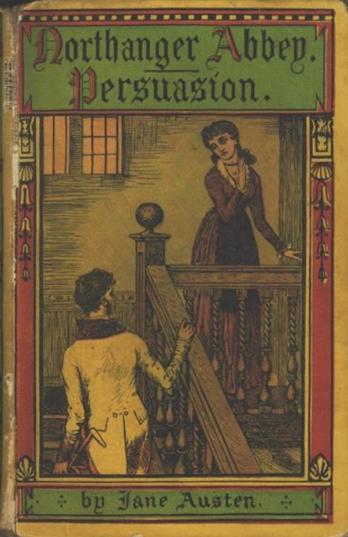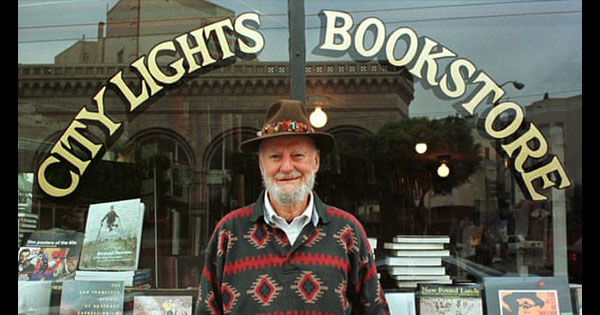In the late 1800’s literacy was spreading through all classes of British society, and reading was fast becoming one of the nation’s favourite pastimes. However, enjoying a good book wasn’t as easy back then as it is today. Firstly, mass produced paperbacks were yet to become commonplace, and many books still came in the form of great leather bound tomes, hardly the sort of thing you could take on the go. Secondly, even if you were prepared to work out your arms by carrying such a book around, they were too expensive for the average person to buy regularly. Luckily for the bookworms of the day, the Yellowbacks were on hand.

As a blog post from WHSmith reads, Yellowback books were a cheap and easy way to read, and came in easy to handle sizes which meant they were perfect for reading on the go. Yellowbacks were aimed to appeal to the everyday reader and would tell tales of action, romance, and drama. They were instrumental in allowing the less well off classes to discover the likes of Jane Austen and Rudyard Kipling, not to mention Sir Arthur Conan Doyle’s Sherlock Holmes novels.
During the height of railway mania in the mid 1800’s, reading on trains became a very popular way to pass the time. Seeing a perfect opportunity, the grandson of the founder of WHSmith, William Henry Smith II, struck a deal for the sole bookstall rights on London & North Western Railway lines in 1848 and, later that year, the first WHSmith bookstall at Euston station.
More contracts followed with other train lines and, by 1851, 35 WHSmith & Son bookstalls stood across the rail network, though this number increased to 1,115 by 1935. At these stores, commuters could buy cheap novels to pass the time with, as well as essential accessories such as candles to read by and even blankets to get cozy. A lending service was even added which allowed passengers to borrow a book from a store at the start of their journey and return it to a store at the end.
Literary scholar Richard Altick described Yellowbacks as “the most inspired publishing invention of the era” and they are credited with playing a large role in helping the general public get an easy and affordable source of literature. Many low quality stores selling low quality books were around prior to the introduction of Yellowback books, but the standard set by William Henry Smith II soon saw them go into decline. He was considered to be a very moral man and, during his political career, he was even nicknamed ‘Old Morality’ by Punch magazine. He would vet the quality of the books and adverts found in his stores to ensure they were not morally corrupt. This had the effect of tidying up many of Britain’s rougher train stations and created a more welcoming atmosphere for commuters.
WHSmith considers Yellowbacks to be an important part of its history and now celebrates them by selling limited edition reproductions of the originals. You can still find original Yellowbacks for sale, though they’re now considered quite a rarity and tend to fetch a high price.

Amazon Under Fire for Sale of Modern Novel Sold as a ‘Classic’

400,000 books destroyed in fire including book signed by Queen Victoria

Tributes pour in for Gay’s the Word Bookshop Founder, Peter Dorey
//
//



